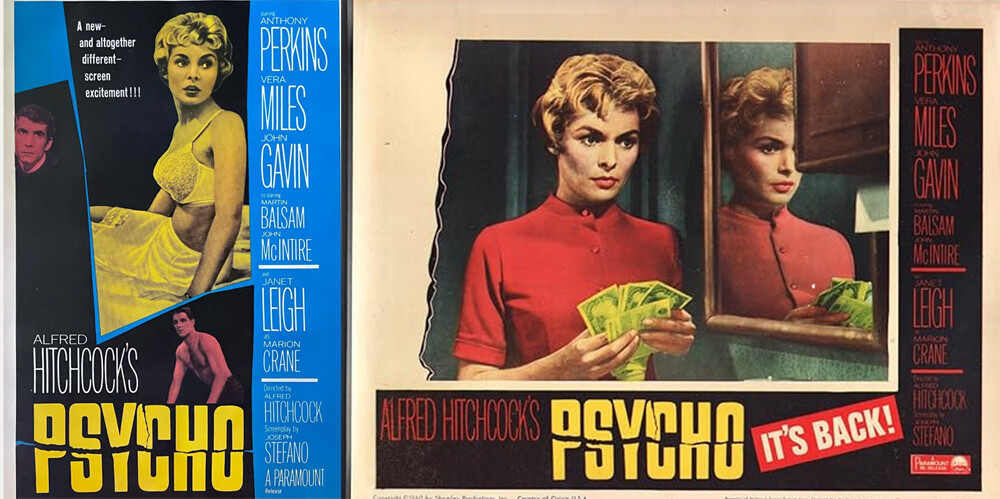Money is handy. It lets you buy stuff, and stuff is great. And if you have a lot of money, you can buy ALL the stuff, and the whole world will be at your mercy.
Often, the goal there is to simply be an asshole, like that guy who bought the one copy of a Wu-Tang album solely to hide it from the world. Other times, something deeper is going on.
One Dad Bought Every Single Windshield for the B-2 Stealth Bomber
The stealth bomber, formally known as the “Northrop B-2 Spirit,” is a durable bit of machinery. Each one of the planes cost a billion to make, not counting the additional billions per unit that it took to design them, so they’re built to last. Further factor in that we don’t actually have many opportunities to use stealth aircraft, and the military has rarely had to replace the planes’ parts.
Don’t Miss
Back when Northrop was first making the planes, they made a bunch of spare windshields, but the Air Force had no cause to use them. They stuck them in storage and finally auctioned them off to the public, as they often do with military surplus. You probably can’t buy a Predator drone at one of these sales, but you can buy jackets, and at one of them, a man bought every one of those windshields. Though he didn’t have any aircraft, he thought they’d be nifty additions to his daughter’s treehouse.
Then a B-2 actually did need a replacement windshield, thanks to a small crack from a head-on collision with a goose. The Air Force had none in storage, and while Northrop could make one, that would mean first remaking all the necessary tooling equipment. That sort of expensive operation is normally justified by making thousands of an item, and might be justified when making dozens, but it really isn’t when making just one.
So, the Air Force hunted down that buyer and rebought a windshield from him. They did not release the price they paid, but we trust the dad asked no more than low seven figures, out of patriotism.
Buying Every Hand Pump
Some people don’t like bars of soap. Use one, and you’re rubbing your hands with something that someone (maybe you) previously rubbed with dirty hands, and that doesn’t sound very clean.
The alternative is liquid soap, which you squirt out. The only problem there is you have to lift the bottle with your other hand. Some people find this unwieldy, and it means you must wrap your whole hand on something that someone just touched with their hand, which puts you almost right back in soap bar territory.
In 1978, inventor Robert Taylor came up with a solution. He’d add hand pumps to the tops of soap bottles. This way, you needn’t lift the bottle up, and you need only press the pump with a single finger, minimizing contact.

“Then wash it.”
Taylor would have loved to get a patent on his idea. But he could not get one because hand pumps already existed, and applying that idea to soap bottles didn’t count as a new invention. The moment he started selling hand-pump soap bottles, some bigger company could copy him and have much more success.
Taylor, however, was able to create his own temporary monopoly over the invention. He went to all the companies that currently manufactured hand pumps, and he bought every pump they could make for one year. He bought 100 million hand pumps for 12 cents each, spending a huge amount he might not be able to recoup by selling soap for that year.
But he did manage to recoup all that. And even though those bigger companies were able to copy him after that, he made his Softsoap brand so popular that they found it more convenient to buy his whole company from him — for $376 million.
All the Silver
As you can see, one goal of using a lot of money to buy everything is to end up making even more money. Such was the plan of the Hunt brothers — Nelson Hunt, William Hunt and Lamar Hunt — who in 1979 used their family fortune to buy the world’s silver.
They didn’t quite get literally all of it, but by trading in commodity markets, they did gain possession of one-third of all the silver in the world, which is an insane amount to be controlled by a trio of private traders. As a result of their speculating, the price of silver soared from $6 an ounce to $50 an ounce. This rocked world markets. Giant jewelers were soon gnashing their teeth at how much they needed to pay for raw material, and is there any villain we’d rather see suffer than giant jewelry companies?

Sadly, the Hunts’ triumph was short-lived. They hadn’t actually had enough money to buy all those silver contracts outright. They’d bought on margin, which is when a broker lets you put up just a fraction of the money, on the assumption that you’ll sell before the price changes much. Plus, they’d had to buy at far above the normal market price to push the price so high.
So, when the market dipped just a bit, brokers made them close out their positions, which meant selling a whole lot of their silver at a rapidly plummeting price. They actually ended up losing $1.7 billion thanks to the whole scheme. Maybe they should have just tried real estate.
Every Copy of ‘Psycho’
The film Psycho was based on a book, and it wasn’t some bestseller everyone knew. That meant Alfred Hitchcock could buy the book rights for under $10,000 (around $100,000 in today’s money). He then bought every available copy of the novel to keep new people from buying it themselves and learning the story without watching the movie.
This sounds like Hitchcock was very concerned about spoilers getting out. Indeed, a bit of popular trivia says that Psycho invented the spoiler warning, as a form of marketing. The truth is a little more complicated. Because while Psycho did wage a campaign to keep plot details under wraps, the big twist was given away in a trailer — a trailer starring Hitchcock himself.
The big twist in Psycho is that the main character suddenly gets murdered halfway through. Up to that point in the story, it appears to be a thriller about a woman who stole some money and is on the run, and then this gruesome murder pops out of nowhere and removes her from the tale. Today, everyone knows that’s the plot (and if you ask them what the “twist” is, they’d more likely name the twist ending involving Norm and Mrs. Bates), but the entire first act is constructed on the assumption that you have no idea she’s going to die.
But in that above trailer, Hitchcock walks you through the premise of the movie, including telling you that a woman gets slashed in the motel’s shower. The trailer impressively uses almost no footage of the film, instead just featuring Hitchcock walking through the set and speaking, but then once he’s talked about that murder, it cuts to Janet Leigh in the shower screaming, revealing to you that the victim is her. Anyone who watched this trailer would be in the same position as modern viewers, who think Leigh’s death is something to know going in. People today think her screaming is an iconic image and was maybe even the film’s original poster.

Paramount Pictures
So, Hitchcock sought to preserve the mystery of Psycho’s plot, if that mystique would attract audiences. But he also gave the plot away, if that excitement would attract audiences. He got you both ways, and that’s the sign of a master marketer.
Follow Ryan Menezes on Twitter for more stuff no one should see.

